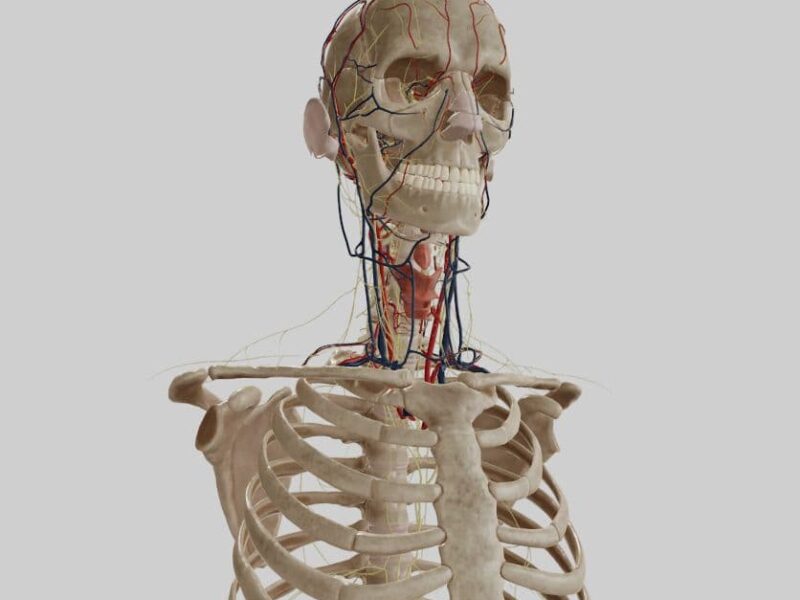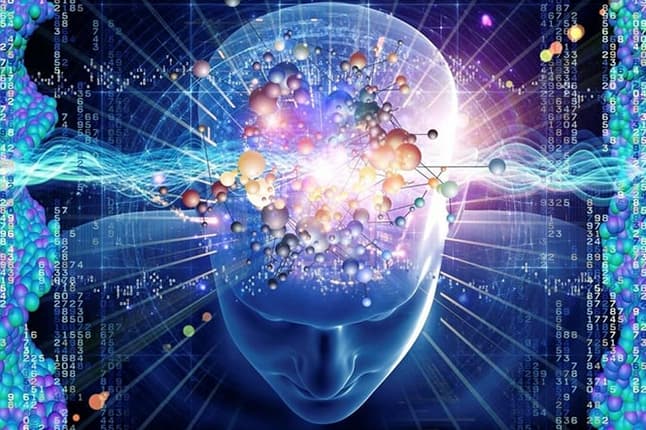A team of scientists led by members of Drexel and Villanova Universities in Philadelphia (Pennsylvania, USA) has investigated how human age correlates with functional connectivity between large-scale brain networks. In the future, the findings of the work, published in the journal Psychology and Aging, will help develop effective treatments for neurodegenerative diseases.
That cognitive functioning – the ability to perform various mental activities closely related to learning and problem solving – changes with age is no secret. Neuroscientists also know that these differences between young and old people are due to changes in the brain’s connectivity – in how its regions interact with each other.
While the authors of previous studies mainly focused on how differences in neural networks affect how well people of different ages cope with cognitive tasks, the new work puts the problem, in the words of the scientists themselves, “upside down”. “We wondered: can we engage patterns of brain connectivity when people are not performing any tasks to predict their age?” – Chrysikou added.
The sample consisted of 547 people 18-88 years old for whom neuroimaging results from the Cambridge Center for Aging and Neuroscience (Cam-CAN) were available. Using their data, the researchers first analyzed whether connectivity between the central executive network and the brain’s passive mode network (unlike the former, it is active when a person is doing nothing, inactive, resting and immersed) could be a marker of age. To this end, they used multiple regression analysis (allows you to establish the dependence of one variable on two or more independent variables)
In addition, the scientists tested how the strength of the connection between the two networks is affected by the relevance detection network: it is activated when there is a discrepancy between what a person knows and can predict, and what he sees, hears or feels. It is this network that is responsible for conscious attention – when it is activated, the brain comes out of passive mode (and vice versa).
As the results have shown, by the functional connection between large-scale brain networks, which changes in the process of growing up and aging, it is indeed possible to guess the age of a person with high accuracy. And when the significance detection network was taken into account, it was even better to determine the number of years from birth.



